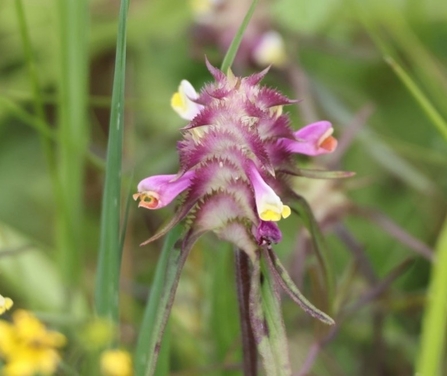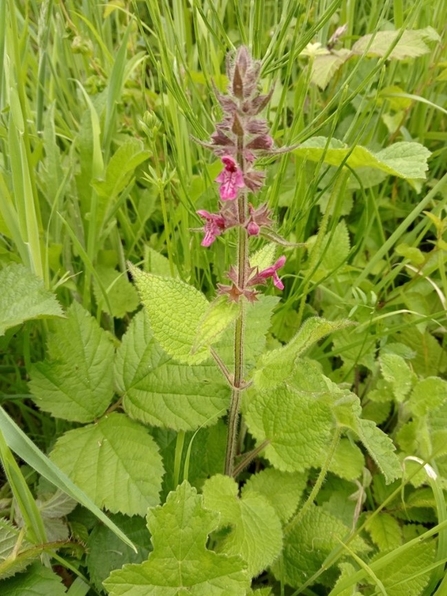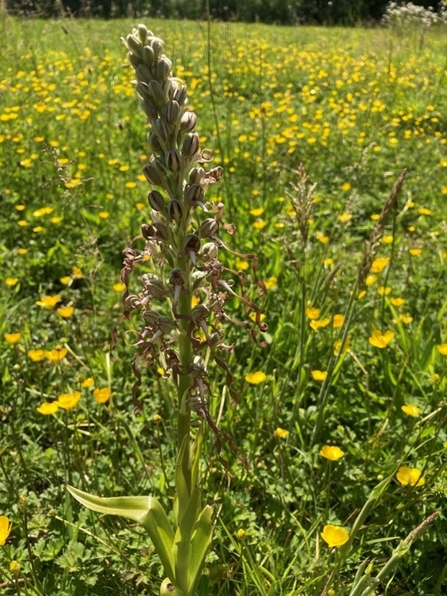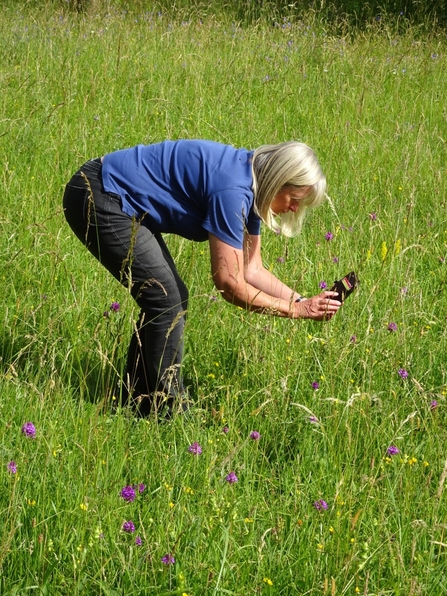From bluebells to brambles and orchids to oxlips, wildflowers can be spotted all across Essex. These uncultivated and spontaneous plants grow freely, next to rivers and roads and within forests and fields. They thrive even in poor quality soil. A lack of available nutrients does not stop some wildflower species from growing into beautiful and fragrant plants used for cooking or medicine.
Whilst more common wildflowers such as daisies and dandelions are often overlooked and considered weeds, wildflowers are a vital part of our landscape providing the insects that underpin our natural world with food, shelter and places to breed.
Climate change is impacting our natural world more than ever before. We need to understand as much as we can about these impacts so that we can do something about them. That’s why we’ve partnered with the University of Essex to find out how climate change is impacting wildflowers across Essex.
In April we launched the Essex BioBlitz, a citizen science campaign that provides vital data to the University’s climate change research. It’s easy to take part. All you need to do is download the iNaturalist app and take photos of wildflowers in Essex. You don’t need to be able to identify the flowers as the app will do that for you! Each submission will help to map the effects of climate change on flowering plants across the county.
So far over 11,300 observations have been made as part of the project and over 890 species have been identified. Let’s look back at some of June’s most interesting observations…





